Banks and ESG:
How can data management help reach ESG compliance?

Companies encounter a variety of challenges during their business operations. Compliance burdens and changing regulatory requirements are often quoted among these. Environmental, Social and Governance (ESG) considerations are now becoming part of that challenge for banks as regulators move forward to translate ESG strategies and policies into disclosure requirements.
On November 22, 2022, EFRAG submitted the first set of draft European Sustainability Reporting Standards (ESRS) to the European Commission. ESRS is a part of Europe’s Corporate Sustainability Reporting Directive (CSRD). Standards outlined in the latest version of ESRS present the requirements for corporate reporting regarding ESG.
Additionally, The European Banking Authority (EBA) implemented the Pillar III disclosure requirements on environmental, social and governance risks for banks that are already in force. With this disclosure, The EBA is encouraging regulated banks to raise awareness of how important ESG risks are on the road to a more sustainable economy.
Still, compliance discussion should not obscure the positive impacts that the financial sector sees in gathering and analyzing sustainability-related metrics of their and their clients’ operations. Therefore, almost all banks now consider involving ESG-driven methods in their regular operations and consequently reporting formats. Moreover, the survey conducted by the Official Monetary and Financial Institutions Forum showed the proportion of reserve managers including ESG criteria in their investment approach has increased by 7% over the past two years.
According to the quarterly Risk Dashboard published by the EBA this year, ESG factors are widely considered in banks risk management as “80% of banks are taking them into account in credit risk, while more than 70% of banks consider them for reputational and operational risks.”
What are the main ESG challenges for banks?
ESG is currently a complex idea when it comes to the financial sector. Interestingly, ESG was not a thing for banks just a while ago. At first glance, it may seem like a greenwashing tool, slightly overused to improve the image of financial institutions. But sustainability in the banking industry makes sense. While it is not as simple as it looks.
Now, there is no doubt that we have a huge demand for sustainable financial products. There is also a growth of responsible investment policies and regulations. Authorities around the world are constantly pushing for new regulations and frameworks to raise the ESG norms and provide transparency and clarity on what is considered as a ‘green’ activity and what is responsible investment.
Right now, one of the databases for ESG related policies is the one created by the Principles for Responsible Investment (PRI), a United Nations-supported international network of financial institutions. It covers 868 policy tools and guidance and more than 300 policy revisions for investors. Moreover, sustainability ratings are a major factor in the ESG trend, making banks restructure their approach towards new obligations.
So, what problems may pop up on the bank’s road to ESG compliance? We have identified these as the leading ones:
- Multiple overlapping ESG frameworks
- Evolving ESG regulations
- Complex ESG data management
- Understanding, managing, and quantifying ESG risks
- Using ESG performance to improve ESG plans
Understanding each of these challenges and finding proper solutions is a task that requires time and resources. Sustainability units, data officers and analysts are brought on board in financial institutions along consultants. They are supporting the task and planning not for short-term solutions but long-term gains in positive impacts, high compliance rates and change management capabilities as well as efficiencies in cost and effort of data management. Moreover, the data analysis conducted by a leading consulting company Roland Berger showed that practices and performance of European banks in the years 2002-2020 experienced a 79% rise in overall ESG importance.
Regulatory data management software is onboarded to help in managing fast-evolving ESG requirements, reducing compliance costs and maximizing the ability to demonstrate positive impacts to the wider public.
Not just a fad: how to benefit from ESG?
Finding a way and a toolkit which connects compliance requirements and sustainable growth objectives (including Sustainable Development Goals) is the key to success in compliant ESG data reporting in the banking sector. Especially when there is a need to consolidate various internal and external data sources.
How can banks benefit from well-designed enterprise wide ESG data management frameworks?
- Cost reduction
- Data traceability and lineage
- Productivity uplift
- Investment and asset optimization
- Top-line growth
- Strategic freedom
- Greater social credibility
Starting from adequate data sourcing and data collection internally, through efficient processing the ultimate goal is to disclose and report data in a way that is compliant with regulations and guidelines (such as the European Banking Authority’s Pillar 3 ESG reporting), traceable and explainable to the clients, investors and the wider public. This can be expensive, but it does not have to.
Implementing standardized ESG data models, leveraging international ESG reporting standards, results in high quality data for reporting and analysis of impacts, progress towards adopted goals. It also builds trust in data – internally within the organization’s teams and externally. You can have positive ESG performance, while finding ways to reduce the costs of managing this emerging data area.
We process your data in order to contact you and handle the matter being the subject of your message. The Controller of your personal data is BR-AG prosta spółka akcyjna (formerly Business Reporting – Advisory Group Sp. z o.o. – Sp.k.). Information about purpose and details of processing of your personal data by BR-AG, including your rights can be found in our Privacy Policy.


